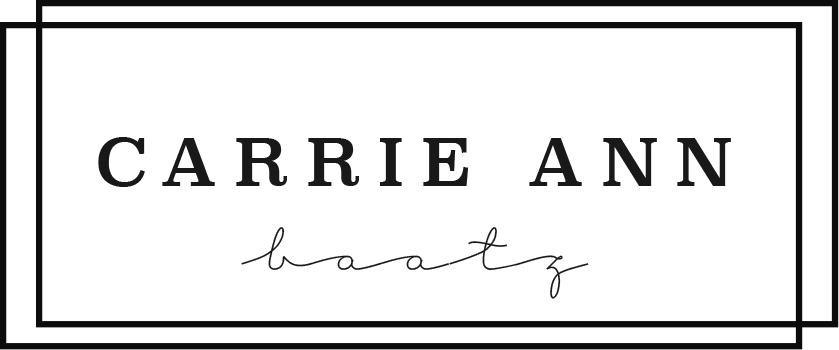Image Description: A picture of me and my husband, Matt, riding horses in the mountains. I’m grateful to the horse I rode for giving me the image I needed to overcome my struggle with internalized abuse.
One of my hardest struggles in my healing journey is ending the ongoing abuse I’ve internalized. Unhealed abuse and trauma leave survivors with a hyper-vigilant brain, constantly bracing itself against reminders of past danger.
Our own aggression-turned-inward can underlie our interactions, decisions and thought processes, constantly attacking and beating us down. When my memories and feelings of trauma flood back to me, I bully and hammer myself down into silence until I am weakened and cut off from myself. I’m back in a space where I am alone and trapped; in my mind I can see myself pacing back and forth inside a small, confined room, beating my fists against the walls around me. The walls thicken every time I bang on them.
Even though I have separated from my abusers, they are kept alive inside my mind by my Inner Critic1, the psychological system that is conditioned to keep me safe by beating me into “perfection.”
I spent a long time fighting back against my Inner Critic’s judgments and jabs that I’m not good enough, changing my self-talk and challenging my abusive thinking. This work kept me constantly on guard, because one toxic thought will spread like a wildfire if I don’t quench its power. I started feeling like a firewoman patrolling my psyche – trying to restrain all of the thoughts that were “wrong.”
This mind-work helped, but it’s not enough. Overcoming internalized abuse requires more than writing a new script. I realized that until I find a way to free my Inner Critic and inner aggression from the cycle of abuse, these parts of me will continue to dominate me and lock me inside my walls.
Taming Inner Aggression
My inner aggression is like a shackled creature that is jumpy and furiously lashing out at anything she perceives as weakness. Try to control her, and she will escalate. Withdraw from her, and she will veer backward into the old, abusive patterns. There is a middle way that requires gentleness; the strength of holding a horse’s reins with just the right tension – not gripping the reigns too tightly, or letting go too passively.
I am practicing this approach, as hard as it is, of showing up in my natural, gentle spirit when I feel big, overwhelming feelings like rage, shame, contempt, and abandonment…and staying.
We are a very stiff pair at first, and the ride is tenuous. She won’t let me in until she feels understood and accepted. In my victorious moments, I stay as long as it takes to earn her consent. Taking these small, consistent steps, I slowly prove to myself that my self-connection can survive my worst emotions.
There’s something irresistible about gentleness that can melt my hardness. Gentleness catches my rage, holding it together with my compassion until all the attacking urges can calm down. This fighting force that once waged war against me is now united with me, and I am emboldened by her fire. There is no room for abuse to gain a foothold. Released from her chains, my inner aggression can tell me, “This is what I want. This is what I care about enough to fight for.”
Redirecting the Inner Critic to Self-Accountability
We don’t need to fix ourselves. Healing is about building the inner relationship that we want with ourselves.
I don’t always like my Inner Critic, but I am learning to regard her as my partner, not my oppressor. My Inner Critic is the conscientious part of me, caring deeply about right and wrong, the quality of what I do, and who I am. Control is what she knows well, and in the absence of abusers who ruled her every thought, she feels lost. Now that she is free, she needs a new, clear standard.
When I have tamed my inner aggression, I no longer answer to attacks. My Inner Critic is relieved of the burden to drive me toward that impossible standard of “perfection.” She can grow into a role where she holds me accountable to what I authentically believe and value – she can protect my integrity.
Self-accountability is very different from self-attack. It cuts through bullshit; it’s aware of my assumptions and judgments and ensures that I don’t blindly accept them. But self-accountability is not a beating. It’s not about blame, punishment or mean criticism.
Self-accountability feels like a debriefing with myself:
“Is what I just said really true?”
“Am I happy with the effort that I’m putting into this?”
Guided more by intuition and less by rules, self-accountability takes the reins in the moment and steers me toward doing the right thing, setting boundaries that keep abusive patterns out of my mind and heart.
If you are struggling with internalized abuse, don’t give up.
It can feel like we are powerless next to the abusive forces in our minds. At first, doing this work feels like trying to stand and walk on muscles that are asleep. But keep at it, and overtime those muscles will grow strong enough to lean on.
In our response to our minds’ attacks, we are showing ourselves who we are – that we are different from our abusers. The abuse will continue to lose its hold, and we will have more control over our responses to triggers. The way we think is going to become a choice – it won’t always be a battle.
____________________________________________________________________________
1Check out Pete Walker’s work if you want to learn more about the Inner Critic and Complex PTSD.


Wow, Beautiful written Carrie, I struggle with how to say things .my coworkers are not nice at times.my internal self has a hard time writing and explaining. I’m usually a happy/friendly person. Thank you for your article.
Sally, thank you for your comment. I feel you and I’m sending love.